On a recent Wednesday morning, 22 people came out to explore the park with LEAF as part of Rouge Park’s Guided Walks series. This was my first time leading a Tree Tour, so I was a bit nervous, but we had a great group of people who were interested in the forest and eager to learn. I was the “expert”, but others in the group contributed their expertise as well, including a historian researching families who used to live in the area and several avid birders who pointed out the many winged species as we walked. And it was wonderful to work with fellow OPG Biodiversity Program partner Rouge Park!
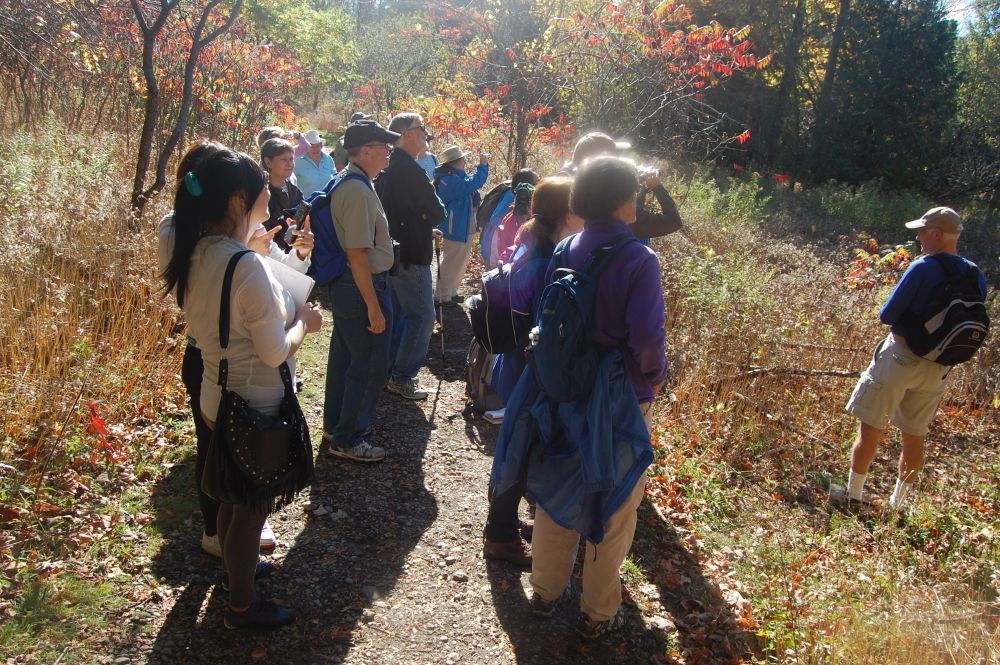
We couldn’t have asked for a more beautiful fall day, with brilliant sunshine highlighting trees that were just beginning to change colour.
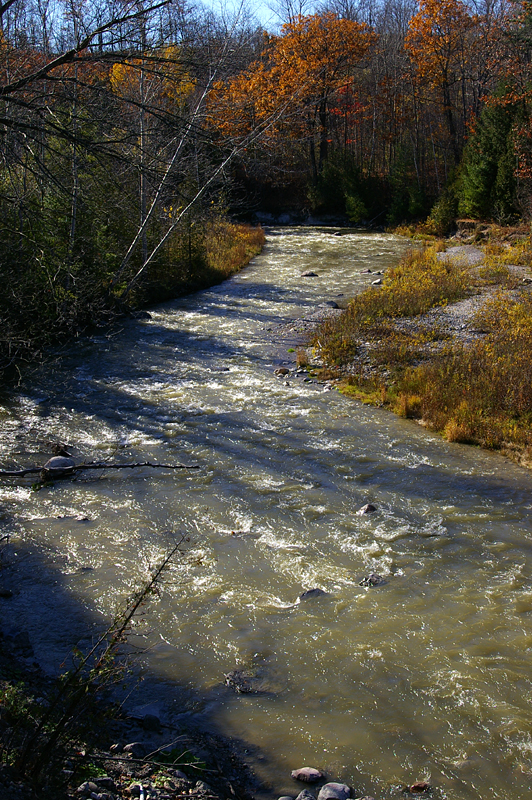
One of our first stops was at a newly-built viewing platform overlooking the Rouge River. Located high on a cliff, the platform offers a phenomenal view of the valley. To the left, there was some pretty extensive erosion, with a sugar maple (Acer saccharum) holding on for dear life – and preventing additional erosion of the soil held by its roots. Sugar maple is Canada’s national tree and provides us with one of my favorite sweeteners – maple syrup! This tree is a survivor of the decline in the sugar maple population in Canada in the 1980s, which was caused by a combination of drought, extremely cold winters and acid rain.
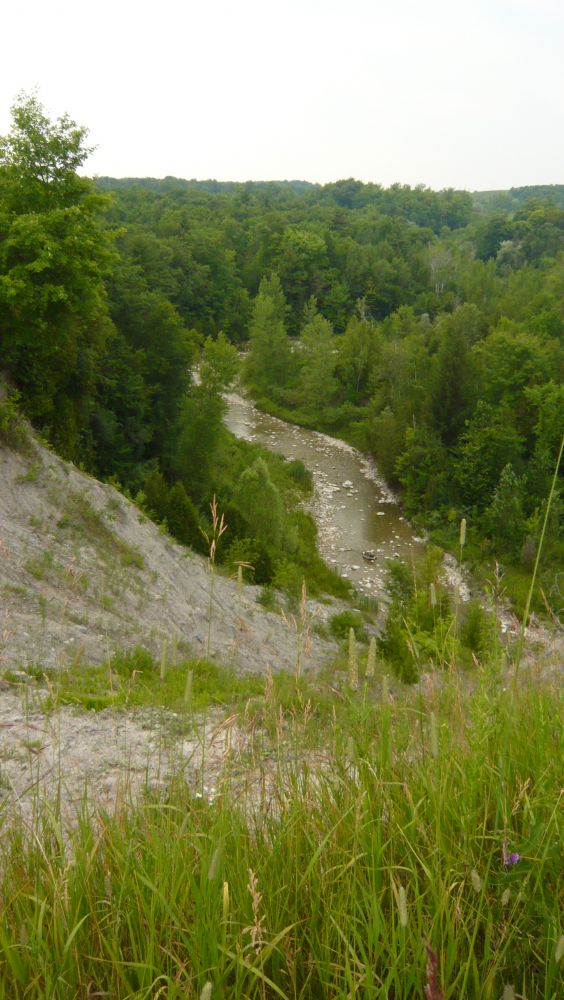
Soon we emerged from the forest into a clearing – the hydro corridor. Even protected areas like Rouge Park experience disturbances - power lines, utilities and roads all have an impact on our natural areas. Every time we turn on a light or use a toaster, we contribute to the need for these power lines through the park. However, the meadow plants under the power lines, such as goldenrod, milkweed and aster, provide habitat for many animal species.
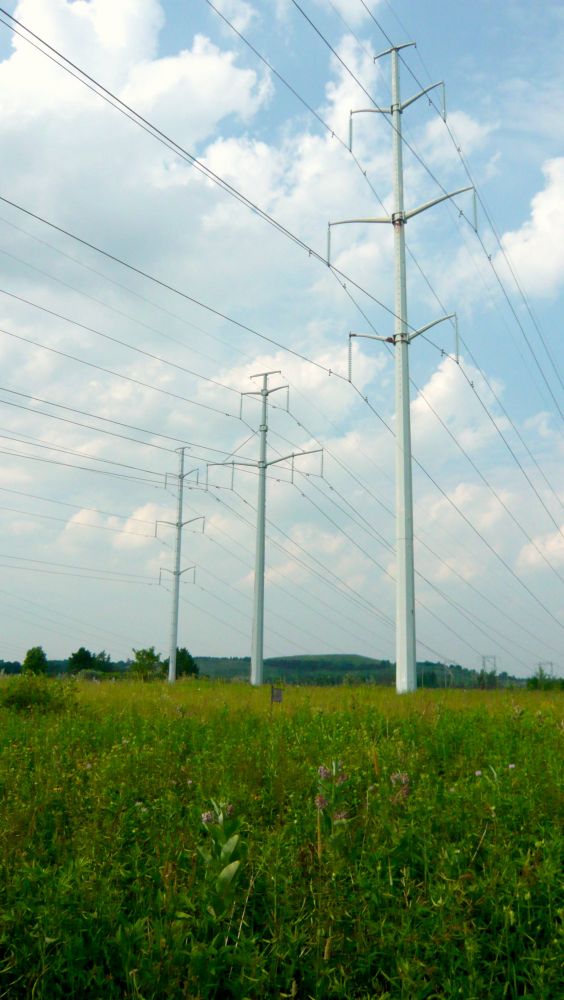
The few trees were trembling aspen (Populus tremuloides), an early succession species, or one of the first to grow after a disturbance. We talked about some of the many animals that depend on aspens. The bark and twigs provide food for deer, moose, beavers and hares. Birds eat the buds and catkins. And heart-rot fungus gives these trees hollow trunks which small animals use for nests.
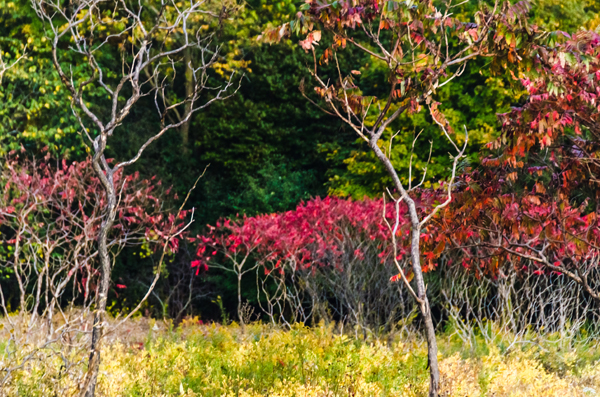
Rouge Park has lots of staghorn sumac (Rhus typhina), whose fuzzy branches resemble deer antlers. The showy fruit clusters of summer had faded, but they were already beginning to display their brilliant red autumn foliage. Staghorn sumac provides food and cover for many mammals and birds, making it important to the biodiversity of the park.
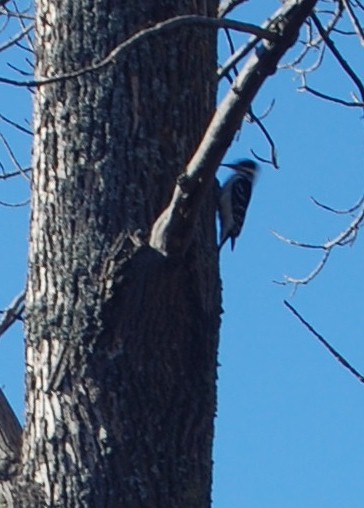
I had spent most of the tour keeping an eye out for an ash tree (Fraxinus spp.) in order to introduce the topic of Emerald Ash Borer (EAB), currently a major threat to our urban forest. When I saw a dead ash tree to the left of the trail, with telltale EAB damage, I started to speak, but several of the birders in the group shushed me. There on the side of the trunk was a hairy woodpecker hunting for his lunch! Of course, since the tree was dead, there were probably lots of insects living in the trunk for him to eat. Although EAB is clearly detrimental to our urban forest, this woodpecker found a silver lining in the form of a feast, and the dead ash tree continues to support the biodiversity of the forest.
What an amazing way to spend a beautiful autumn morning! I encourage you to get out and explore Rouge Park, which The David Suzuki Foundation is working to get recognized and protected as part of Rouge National Park -- the first urban national park in Canada (you can read more about their efforts here)!
Our Tree Tours are supported by Ontario Power Generation's Biodiversity Program, York Region and the Ontario Trillium Foundation.
